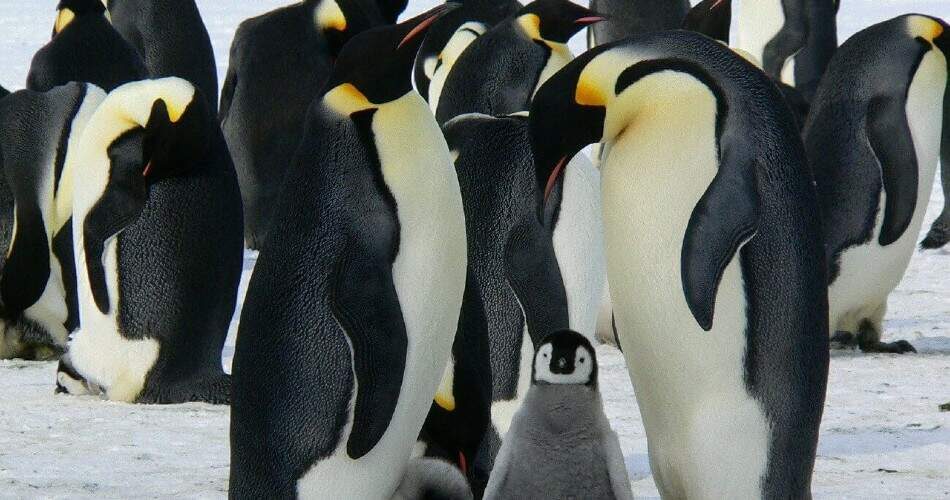Estimated reading time: 2 minutes
The animals that inhabit the cold climates are uniquely adapted to these icy surroundings, while other animals only make temporary changes as the climate around them changes. In climates with different seasons, the arrival of winter is marked by a drop in temperature and a decrease in hours of sunlight. The animals that inhabit these environments have different ways of adapting to these changes.
Animals that inhabit the Arctic and Antarctic Poles must be prepared to withstand extremely cold temperatures throughout the year. The common characteristics of the mammals of the poles include round and large bodies, and ears, noses, legs, and short tails. These physical features help keep the heat. In addition, terrestrial mammals have thick coats and a layer of stored fat to isolate the body.
Polar bears skin absorbs the sun’s ultraviolet rays. They also have an inner layer covered by an exterior to protect themselves when swimming.
Marine mammals such as seals, walruses, and whales have special adaptations for icy waters. The heat of warm-blooded animals is lost faster in cold water than in cold air. A rounded body and very thick layers of fat are necessary to protect against heat loss.
One of the most significant characteristics of penguins is their capacity for thermoregulation with very low temperatures. Thanks to a long and very dense plumage which retains inside the air that acts as thermal insulation, and a layer of subcutaneous fat, can stay warm under very stringent conditions. In addition, the black color of its back plumage absorbs the attenuated rays of sunlight that reach these latitudes warming their numb bodies.
Of the 17 species of penguins that exist, the Emperor, the largest of all and found exclusively on the Antarctic coast, lives in a medium that would be hostile to any other creature. It is the only living creature that breeds during the dark Antarctic winter with temperatures below -60ºC, intense snowstorms and strong blizzards, that continuously hit the territories occupied by these birds, often surpassing 200 km/h of speed.
If you want to find out about the environment in Antarctica, check out our article on this topic: What is the environment like in Antarctica?
[Photo from Pixabay]
